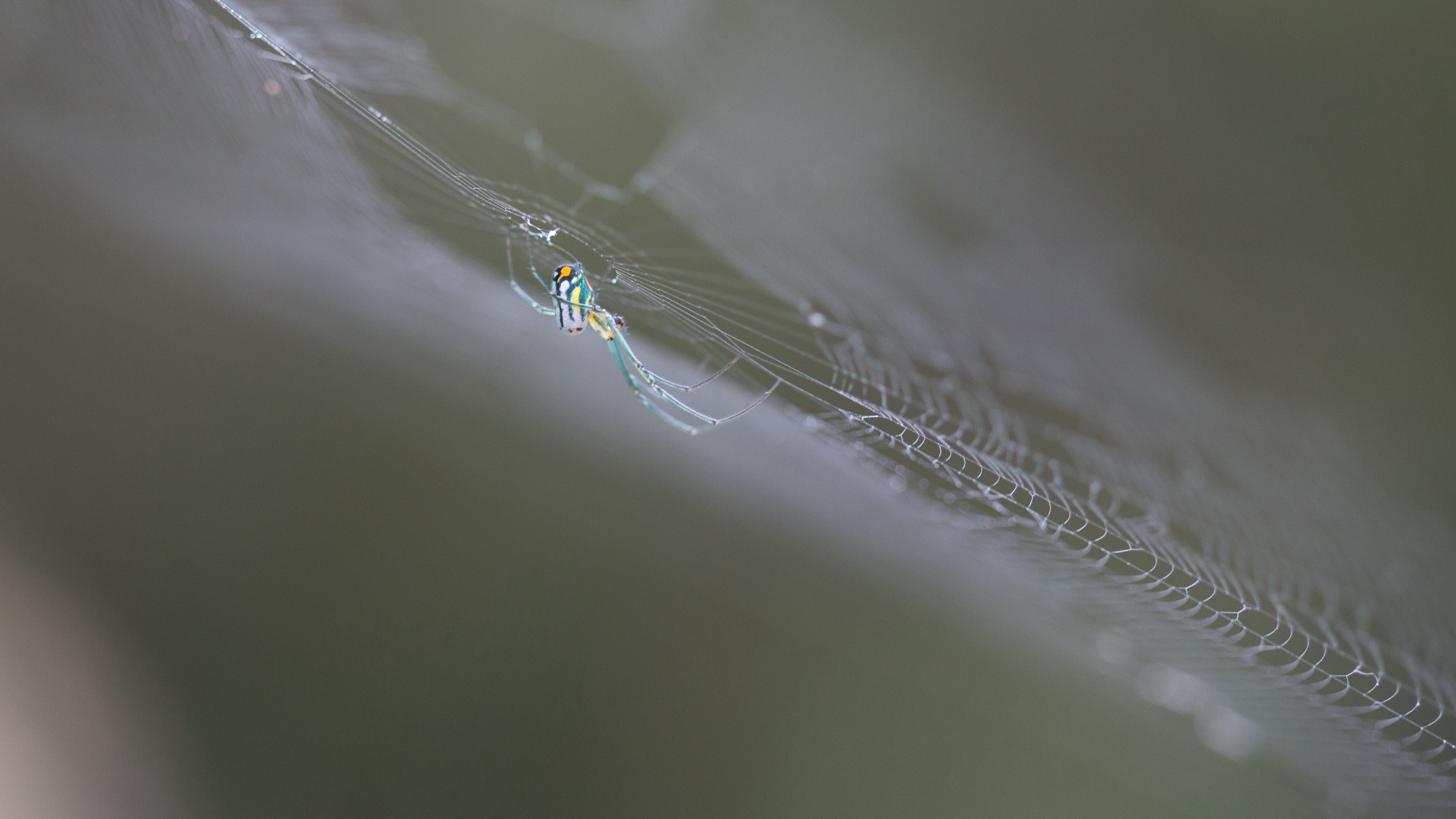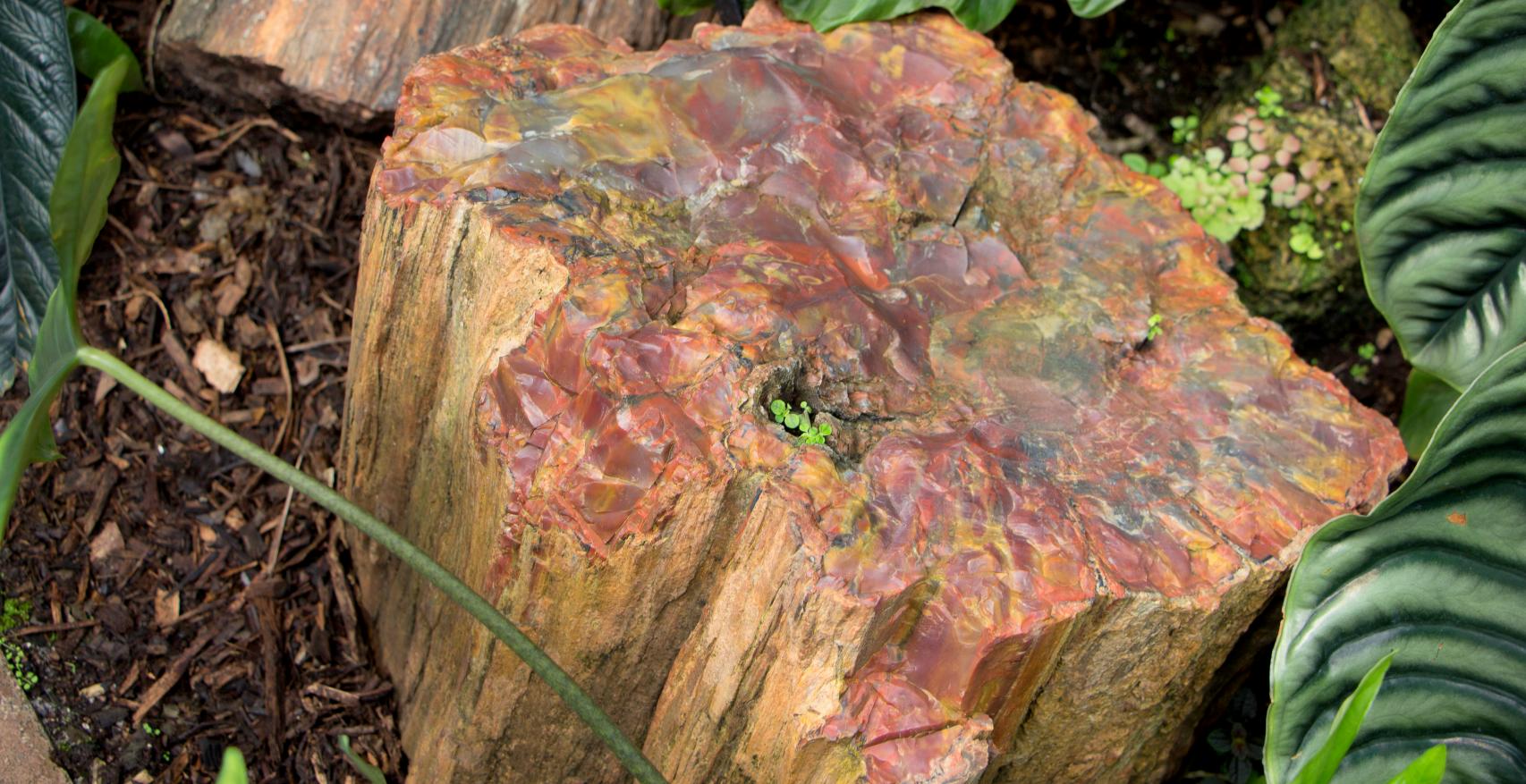This beautiful floral display never fails to get my attention a few times every year. Every time, I take a few snap shots, tuck them away and then forget about them... not today! For years, I always thought that this is the Thunbergia grandiflora... but it is not. This is a Thunbergia laurifolia. What's the big deal, wouldn't you say? However, listen to this: If this was the first kind, it would have come from India while being the latter it must have come from Myanmar. I like that better. The truth is you can tell by looking at the shapes of the leaves, but trust me, this is a laurifolia.
Now read this: "In Malaysia, juice from crushed leaves of T. laurifolia are taken for menorrhagia, placed into the ear for deafness, and applied for poulticing cuts and boils (Burkill, 1966). In Thailand, leaves are used as an antipyretic, as well as an antidote for detoxifying poisons (Kanchanapoom et al., 2002). Several Thai herbal companies have started producing and exporting rang jeud tea (Chan & Lim, 2006). The tea has been claimed to be able to detoxify the harmful effects of drugs, alcohol and cigarettes."
Furthermore: "Iridoid glucosides have been isolated from T. laurifolia (Kanchanapoom et al., 2002). Microwave-dried leaves displayed stronger antioxidant properties (AOP) than fresh leaves (Chan & Lim, 2006). AOP of infusion from microwave-dried leaves were higher than the commercial rang jeud tea from Thailand."
If there are words in the two paragraphs above that you are not sure to know, please look them up yourself because I also don't know what they mean. But these leaves make good tea is how I see it.
You know, I have tried to grow lotus flowers for the last couple of years, but was not too successful. There are some nocturnal critters that come to feed off my lotus because the root tubers are so delicious so it seems and I am too sentimental to shoot them with my bibi gun. Would you now tell me to grow these blue trumpet flowers instead? I don't think so! Lotus is much more beautiful and it's a challenge for me to get them, so I will persevere. Besides, this vine is very invasive and it certainly will give me lots of work to trim it back.







